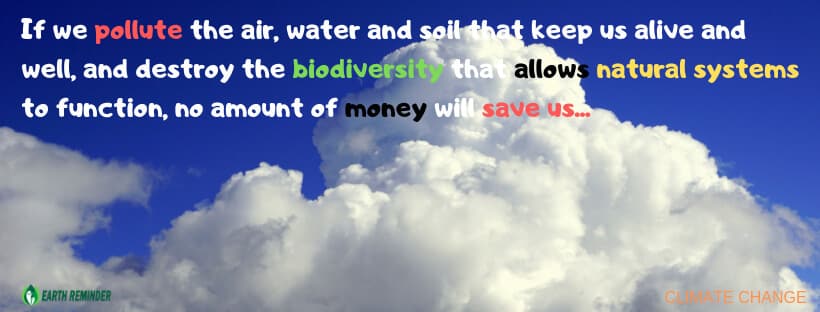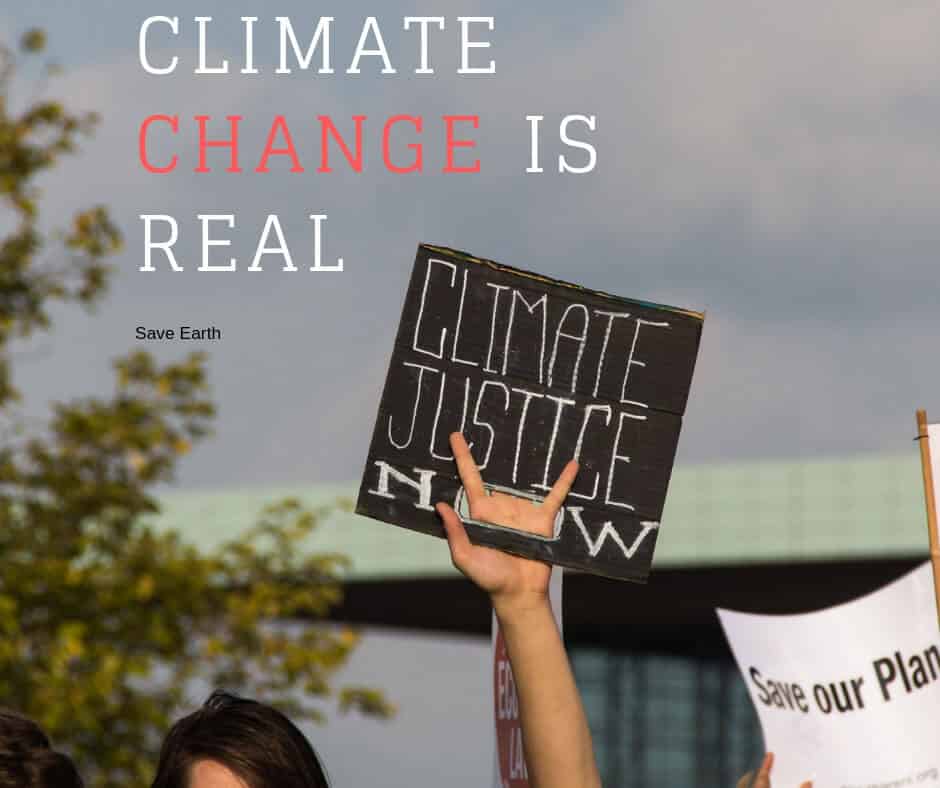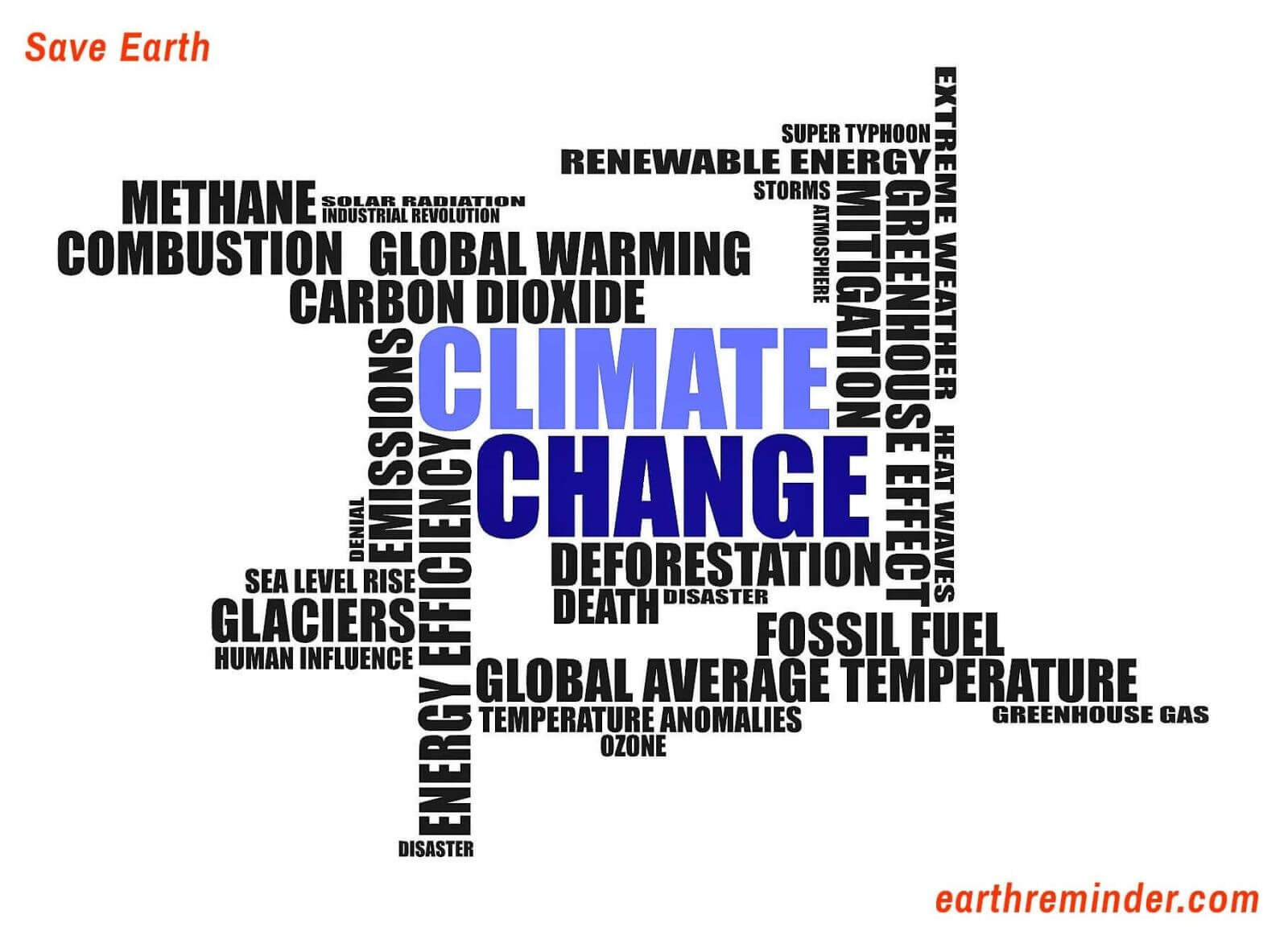Climate Change Effects, Causes and Solutions
Here we will discuss about climate change effects and causes along with climate change solutions.
Table of Contents
MEANING AND DEFINITION
Climate change effects are one of the greatest crises the mankind is facing. Let’s just understand what the climate actually refers to-
Climate change is a change in the weather found in a place. This could be a change in how much rain a place gets over a year or it could be a change in some place normal temperature for a month or season or change in the usual earth temperature.

It can even relate to change in places where rain and snow usually fall on the ground and weather can change within a few hours or it can take hundreds of years to change.
DEFINITION- NASA defines climate change as: “a broad range of global phenomena created predominantly by burning fossil fuels, which add heat-trapping gases to earth’s atmosphere”.
These include rising trends in temperatures described by global warming but also changes such as sea level rise- ice mass loss in Antarctica, the Arctic, Greenland and mountain glaciers worldwide, shifts in plants and flowers blooming and the extreme weather events. “
CLIMATE CHANGE CAUSES
Today, the atmosphere of the earth is changing day by day very quickly. It can have many causes due to climate change that occurs but generally, there are basically two climate change causes- natural causes and human intervention causes –
NATURAL CLIMATE CHANGE CAUSES
The earth’s climate can be affected by natural factors outside the climate system such as: –
- SOLAR OUTPUT– Even small changes in solar activity can affect the earth’s atmosphere in surprisingly large and complex ways – the researchers say.
- EARTH’S ORBIT AROUND THE SUN- The earth’s orbit around the sun is an ellipse, not a circle but the ellipse changes shape. Sometimes they are almost round and the earth moves around the same distance from the sun as it is around its orbit. When this happens earth becomes invisible from the sun and is away from the sun. It contributes to warming of the climate.
- CHANGES IN VOLCANIC ACTIVITIES– Volcanic eruption occurs when it releases a lot of Sulphur dioxide (SO2), water vapour, ashes, and dust in the atmosphere. Although a volcanic activity may last for only a few days, however, large amounts of gas and climate patterns can be affected for years.
- OCEAN CURRENTS– Oceans are a key component of climate system covering approximately 71% of the earth and absorbing almost twice the radiation in the form of the atmosphere or the surface of the earth.
- Ocean currents transmit huge amounts of heat throughout the planet – the atmosphere in almost equal amounts. But the oceans are surrounded by dirt plates; hence heat is transmitted through channels through the water. Therefore, these ocean currents become responsible and contributes to climate change causes.
- CO2 content in the oceans also contribute to a warm climate and also can contribute to sea level rise.
- DRIFTING OF CONTINENTS- Africa and South-America were joined together, about 200 million years ago. At that time scientists believe that the earth is not like what we are seeing today, but the continents are the part of one large land or area.
For this, evidence comes from similarities between plant and animal fossils and the extensive coastal belt of the South American-South Coast and the rocks on the west coast of Africa, which is now widely separated from the Atlantic Ocean.

This drifting of continents affected the climate because it changed the physical characteristics of the landmass, its position, and the location of the water bodies too. Land segregation changed the flow of winds and the ocean currents which directly became a big natural cause for climate change.
HUMAN CLIMATE CHANGE CAUSES
Actually humans are the main cause who are responsible for this climate change. How? It is explained below-
- GREENHOUSE EFFECT- Our life on earth depends upon the atmospheric “greenhouse” – which is a layer of gases, mainly the water vapors, in the lower atmosphere which holds heat from the sun which the earth reflects back, radiating it back and maintains the temperature of our planet and makes it capable of supporting life on this earth.
- Undoubtedly, as we all know that the most important greenhouse gas in the atmosphere is carbon dioxide (CO2). Changes in land-use patterns, deforestation, land clearance, agriculture and other activities have increased carbon dioxide emissions which are causing climate change.
- CONVERSION OF LAND FROM FORESTS TO AGRICULTURE- Forest conversion is deforestation. It is done for land use for many other purposes, often agricultural (crop cultivation such as palm oil or livestock pastures), but also for mines, infrastructure or urbanization.
- Forest conversion is a big cause of climate change in the world today. It is done by companies and individuals, for economic reasons, or simply for survival.
- The conversion of forests has complex roots, but one of the emerging global trends is that large commercial investments are increasing with deforestation rates resulting in contribution to climate change causes.
- INCREASING INTENSIVE AGRICULTURE- Agriculture, at the same time, especially intensive agriculture, characterized by mono-culture and aimed at feeding farm animals, generates a large amount of Carbon dioxide (GHG) emissions.
This amount can only be compared to the sum total amount of carbon dioxide emitted from all forms of transport. It emits greenhouse gases such as methane and nitrous oxide.
CLIMATE CHANGE EFFECTS
The climates of the earth these days are changing very quickly and differently. In addition, climate changes in our land affect our lives psychologically, physically and emotionally. Some of the climate change effects are: –
EFFECTS ON FORESTS- Climate change effects vary in different types of forests. The semi-polar northern forests are particularly prone to be affected, with tree lines gradually falling to the north as temperatures rise.
In tropical forests such as the Amazon, where biodiversity is abundant, even levels of climate change can cause high levels of extinction.
EFFECTS ON WILDLIFE- Global warming is the main cause of species extinction in this century. The Intergovernmental Panel on Climate Change (IPCC) says the average increase is between 1.5 degree Celsius from 20-30% of threatened species. If the planet warms more than 2 degree Celsius, most ecosystems will fight for this.
Many threatened species live in areas in the world that will be severely affected by climate change. Climate change effects are happening very quickly so many species are having problems to adapt this.
EFFECTS IN THE POLAR REGIONS- Climate change swells in Polar Regions. The northern and southern sides of the earth are crucial to the regulation of our planet’s climate and are particularly vulnerable to the effects of global warming and it has global consequences.
EFFECTS ON OCEANS- climate change effects can also be seen on oceans.The oceans are vital “carbon pools”, means they absorb huge amounts of carbon dioxide, preventing them from reaching the upper atmosphere. Increasing water temperatures and higher CO2 concentrations than normal, making the oceans more acidic, already have an impact on the oceans.
Because of the climate change effects oceans are already undergoing extensive changes at a temperature of 1 degree Celsius, with a critical threshold of 1.5 degree Celsius and above expected.

Coral reefs are expected to decrease by 70-90% at 1.5 degree Celsius. When the temperature rises 2 degree Celsius, almost all coral reefs will be lost. It is not only a tragedy for wildlife: about half a billion people depend on coral reef fish as their main source of protein.
EFFECTS ON FRESHWATER- Climate change effects are severely affecting global water systems through more floods and droughts. Warmer air may contain higher water content, making rain patterns more extreme.
CLIMATE CHANGE SOLUTIONS
GIVE UP FOSSIL FUELS- The first challenge is to eliminate the burning of coal, oil and natural gas in the end. This may be the most difficult challenge, as residents of richer countries literally eat, wear, work, play and even sleep on the products made from fossil fuels.
Citizens in developing countries want the same amenities they deserve, largely thanks to the energy stored in such fuels.
REDUCE METHANE EMISSIONS FROM FRACKED GAS- Reducing methane emissions is one of the cheapest, easiest and most effective things governments can do now to tackle climate change.
Recent research indicates that methane emissions from the oil and gas sector (mainly the fracked gas) are much more problematic than reports.
Methane is 84 times more potent than carbon dioxide in 20 years. Senior scientists estimate that only this gas is responsible for a quarter of the observed changes in earth’s climate.
If we take measures, reducing methane emissions could be an important part of the solution.
STOP DEFORESTATION- This can result in ultimate climate change solutions. Improved practices combined with paper recycling and forest management (the balance of the amount of wood extracted with the number of new trees growing) can quickly eliminate such a large amount of emissions.
UPDATED INFRASTRUCTURE- Energy-efficient buildings and improved processes in the cement industry (such as the use of alternative fuels for firing up of furnaces) can reduce the greenhouse gas emissions in the developed countries and can prevent them in the developing world.

INCREASE YOUR EFFICIENCY- A simpler and greater effect can be achieved by doing more with less. The citizens of many developed countries are harnessing energy consumption, either by speeding up the use of a sports car that consumes large amounts of gas or leaving the lights when not in the room.
For example, a good driving and good maintenance of a car, like make sure the tires are inflated properly. It can limit the amount of greenhouse gas emissions from the car, and perhaps most importantly, can reduce the frequency of payment at the petrol pump.
In the same way, we can install more efficient refrigerators, air conditioners and other efficient appliances. As you can reduce electricity bills by just putting something as simple as weatherproof windows in the house can reduce heating and cooling bills.
These kinds of efforts can also be useful in your workplace also and will ultimately contributes to climate change solutions.
CONCLUSION
We must stop global warming and other impacts on climate change by giving some contribution. If the earth’s temperature will increase day by day in future, the earth’s living creatures will get extinct by the increasing temperatures. So, try to stop climate change causes.
If human beings contribute to controlling the climate change effects, this world will become cool and the temperatures we currently have will fall. And if every single person will take a stand for it, this world will become a safer place to live.